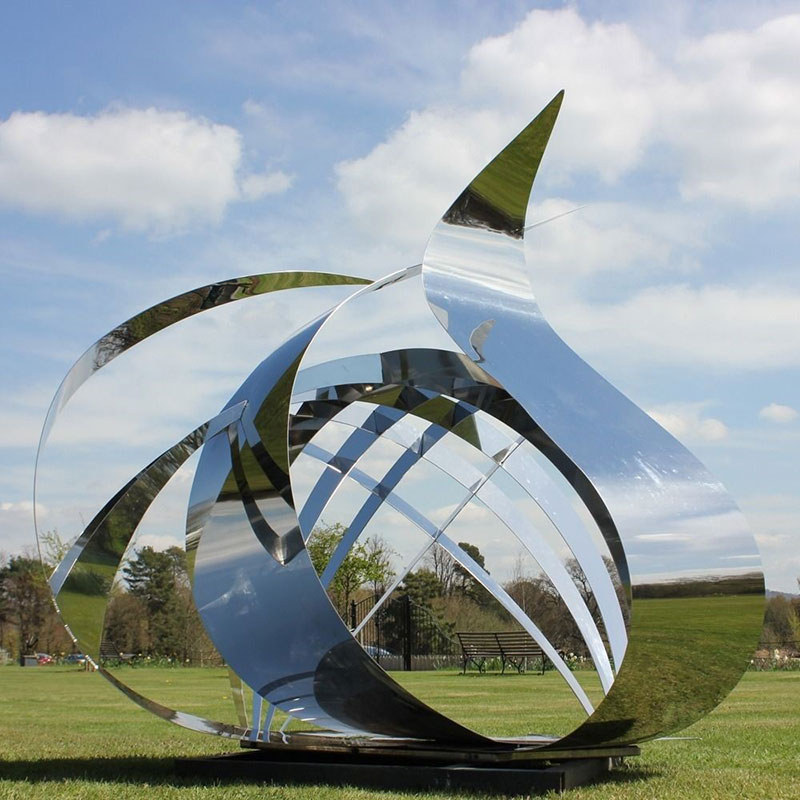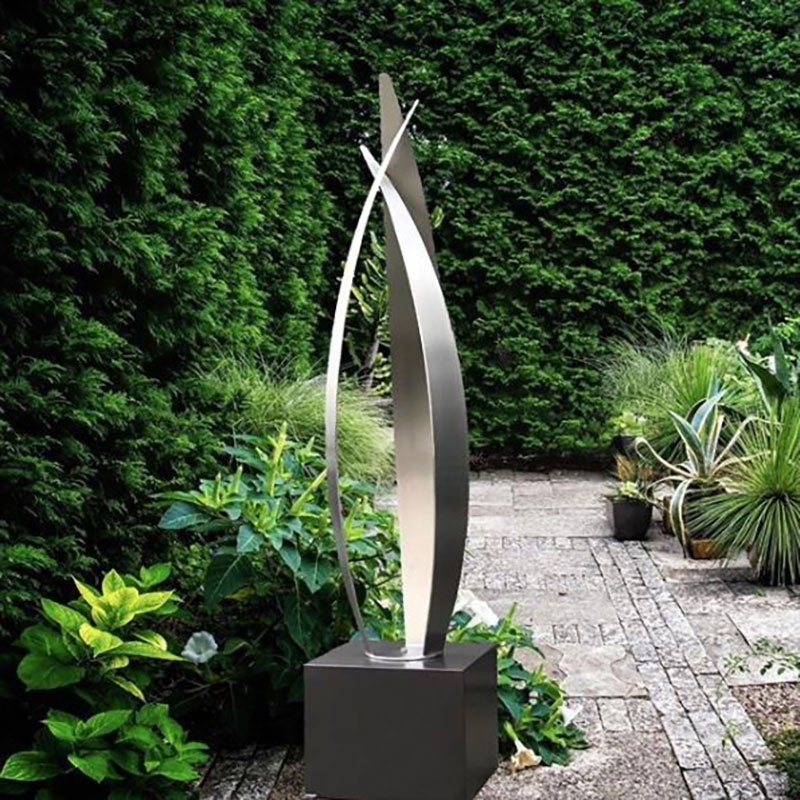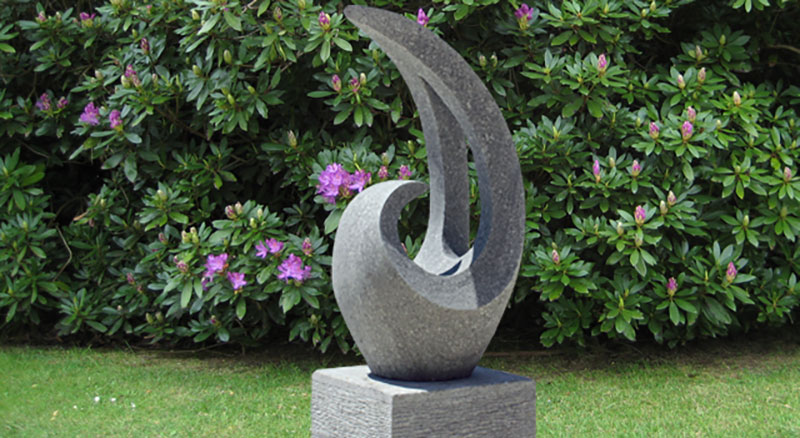Advertisement
A garden can be a delight for all of the senses – a place where you can inhale pleasant flower fragrances, be surrounded by a range of textures, taste freshly grown food, and listen to the sounds of nature. So, if you’re lucky enough to have one, it’s only natural to want to make it as relaxing and gorgeous as possible. And nothing can ennoble a place more than art.
Bring an Artistic Touch to Your Garden with Sculptures
A garden sculpture is the perfect finishing touch for a beautiful landscape. It’s a piece of art that you can use to achieve several effects, such as to create an eye-catching focal point, give your garden the right balance and symmetry, guide the eye to your favourite part of the garden, etc. But aesthetics are not the only benefit that these elements can bring to your garden,
With its form, texture, colour, height and size, a sculpture will stand out in contrast to the plants, garden pots, outdoor furniture, and anything else you may use to adorn your garden. These garden ornaments are also a great way to fill spots that plants cannot.
Garden ornaments also offer you an opportunity to show your personality and your style preferences. Whether it’s a rustic, classic or contemporary garden sculpture design, a depiction of an animal, faces, bodies, flowers, or anything abstract, your choice can contribute to creating a particular atmosphere or vibe that expresses who you are.
However, the impact a statue will have on you is the main reason to include one. Looking at something beautiful will make you want to spend more time in your garden which is beneficial for your general wellness. It’s also found that when you look at beautiful things, you become calmer, more awake, and happier.
Choosing the Right Garden Statue
There is no such thing as right or wrong in art, so the first thing to consider is your taste. Anything you don’t relate to won’t feel like the perfect statue for your garden. However, taste aside, there are other factors you’ll also want to consider, such as style, material, size, placement, etc.
Style

Your home and garden’s style should be a part of your decision. That is because a classic-style statue may appear out of place in a contemporary environment, and a marble statue can be an excellent choice for a more traditional garden design. For a modern-looking garden, you can find a contemporary garden sculpture made of stone, metal, bronze or other materials with a more contemporary appearance.
Geometric, art deco, abstract, and Asian statue designs are suited for modern and midcentury home and garden settings because of their simplicity and smooth finish. Classical aesthetics, such as ornate human figures, magnificent animals, and classical themes, complement historic residences and garden settings.
Material

Granite, marble, and bronze are not the only materials that can withstand the elements. Steel, iron, ceramics, and wood each add a distinct personality and tone to a garden section. They all progressively develop a patina when exposed to wind and precipitation.
While iron rusts, copper develops a green patina known as verdigris. It is advised that wooden pieces be displayed in more protected settings. Even if they were varnished once a year, they would not last as long.
Resins and fibreglass are two emerging materials for garden statuary. These materials are lighter and easier to transport, and incredibly robust for outdoor use. Resins require no upkeep. The cost of resin or fibreglass figures varies, but they are less expensive than the original art they imitate.
Whatever material you pick for your statues, a strong foundation fixed below the frost line is essential. Without this phase, the earth can shake and tumble even the most carefully selected components.
Size

Size is another significant aspect to consider when selecting a garden statuary. The size should be determined by how large your garden is. An item that is too enormous or too tiny might be overwhelming or unimpressive, producing an imbalance in your outdoor environment.
Consider your garden location and how a piece of statuary may enhance it, as well as how its surroundings and other garden components can help emphasise its beauty. Smaller statues are frequently employed to create highlights inside close-up settings and “rooms” of your garden, while larger ones are perfect for establishing a strong focal point. Smaller sculptures provide a nice surprise when they are discovered among the foliage and flowers while strolling around the garden.
Placement

The perfect location might be the difference between adding value to your garden and disrupting the flow and harmony of your outdoor area. Consider the surroundings where you want to place your statue to locate the perfect spot.
Are there any trees, plants, shrubs, or hedges already in place? If this is the case, ensure that the current aspects of the setting do not impede or overpower the statue, as your new item should be featured rather than blocked.
Placing a garden statue among flowers or in the heart of a meticulously arranged parterre garden will help generate a feeling of prominence and make it stand out against the rich colours and foliage. You may place the statue at the end of a walkway or an allele of trees for a dramatic impact. Consider adding a garden bench to give a vantage point for admiring your sculpture.
Groupings

The arrangement of sculptures in groups lends a dramatic effect to the landscape. A pair flanking a stairway or walkway in the garden adds drama and rhythm, while a pair flanking a front entrance adds the finishing touch. Statuary in groupings, whether along the perimeter or in corners, may be used to establish visual boundaries in a garden.

